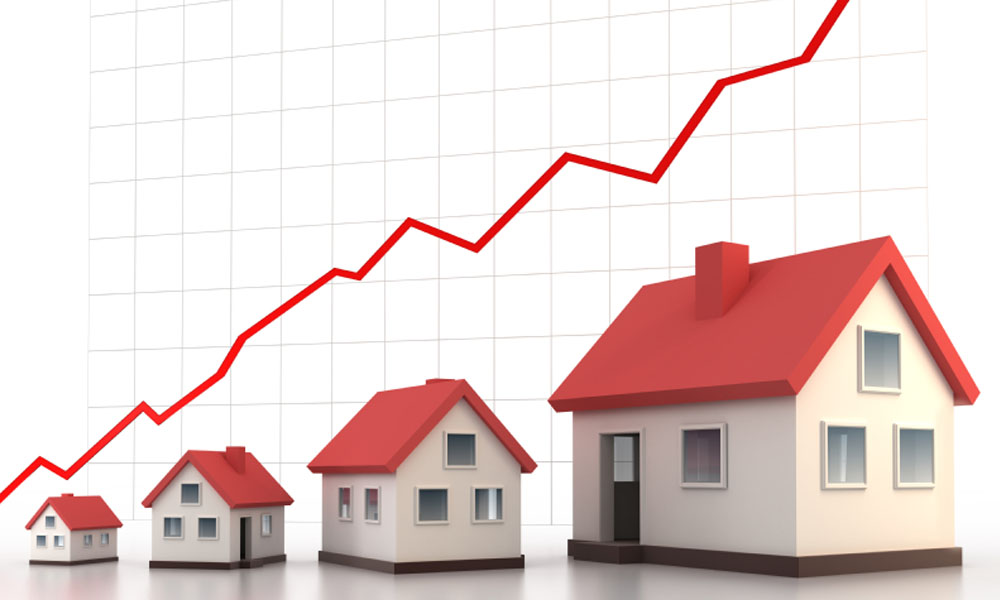Homeowners in the U.S. experience a hard time. Irrespective of the place where you live, the chances are high that you’ll have to deal with natural disasters. Extreme weather calamities like floods, hurricanes or wildfires are causing immense damage. Many homeowners are underinsured against any natural disaster.
Every part of the country experiences at least one peril or another. This can be in the form of hurricanes or tornadoes, snow or hail, floods or tropical storms or earthquakes. This is leaving a big hole in the pocket of the homeowners almost leaving them with nothing. According to new research, much of the nation’s housing stock may be underinsured against these disasters.
The Costs Are Mounting
Rebuilding homes involved huge costs. And these costs have risen drastically in the past two years. The major reason behind the rise in the cost of reconstruction is a shortage of labor. New tariffs on materials are also adding to these rising costs.
However, if this consistent increase in the costs are not monitored and not factored recurrently into insurance coverage in disaster-prone areas, homeowners would have to bear huge losses that could even reverberate through the mortgage market.
According to the National Oceanic and Atmospheric Administration (NOAA), there have been 14 natural disasters in the last year itself. These have cost $91 billion to the United States. This was the eighth year in the row with at least eight disasters in the billion-dollar range.
New data from CoreLogic, shows numbers have come up on the mounting risks to the real-estate. This was found while evaluating the four disaster-prone areas in the US. Amy Gromowski, the senior leader of analytics at CoreLogic feels that “Underinsurance issues can cause financial devastation for property owners, artificially low coverage limits for insurance carriers, and increased loan delinquencies.”
What About Disaster Prone Areas
Homeowners who experience natural hazard events, such as the California wildfires, incur personal and financial devastation. Many aren’t able to rebuild their homes, which prolongs the region’s recovery and often causes homeowners to default on their mortgages.
In one of the four disaster-prone areas – California, 110,000 Southern California properties are in very high to extreme risk of wildfire. The risk is beyond $46 billion, keeping the average reconstruction cost to $400,000. When compared, these costs are higher than they were two years back.
The cause behind the rise remains the – increase in the cost of labor and materials. Mathematically speaking thus, if just 1% of the homes at risk were a complete loss in a wildfire, the undervaluation of that 1% would be $25 million if insurance coverage is not current.
Corelogic categorized approximately 1.1 million properties at very high to extreme risk of loss from storm surge in the coastal hurricane-prone area along the Northeast Atlantic and Gulf Coast regions. CoreLogic further calculated the cost involved to reconstruct the at-risk properties of Florida to be $240 billion based on the recent increase in the costs.
This highlights the key fact that the financial impact of not updating reconstruction costs for two years is extreme. CoreLogic explains, “If a catastrophic event were to affect only 5% of homes and cause just 30% storm surge damage to those 5% of properties, the reconstruction cost undervaluation is approximately $205 million.”
Redevelopment Costs Are Rising
However, these are the risks only at the coastlines. These are secluding the impact if any inland flooding like Hurricane Harvey occurs. There has been an upswing of 7% in the redevelopment costs in Houston in the past two years. There has been a potential deficit in insurance coverage in tornado-prone areas.
In Oklahoma alone, which averages about 56 tornadoes per year, about 1.3 million properties with $257 billion in reconstruction costs are at very high or extreme risk. The current cost of reconstruction has risen by 6.6% in the past two years.
Thus, insufficient insurance coverage would increase the risk to the mortgage market as well. Tracing evidence to substantiate, CoreLogic reported that following three major hurricanes in 2017, serious mortgage delinquency rates tripled. Houston and Cape Coral, Florida and San Juan, Puerto Rico were key areas of delinquency.
“The disruption of a family’s regular flow of income and payments, as well as substantial loss in property value, can trigger mortgage default; especially if homeowners are underinsured and cannot afford to rebuild.”
Frank Nothaft, Chief Economist at CoreLogic





